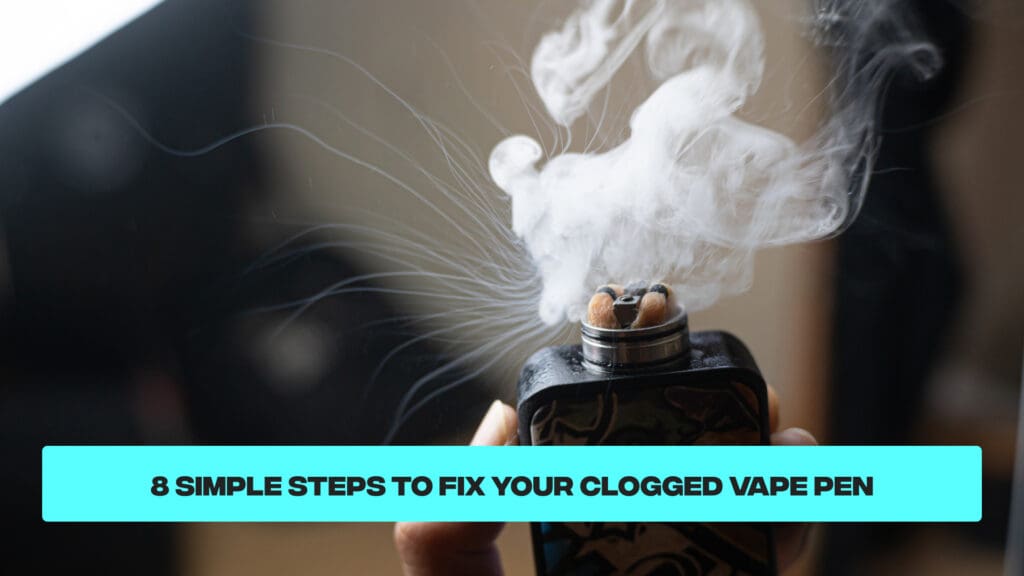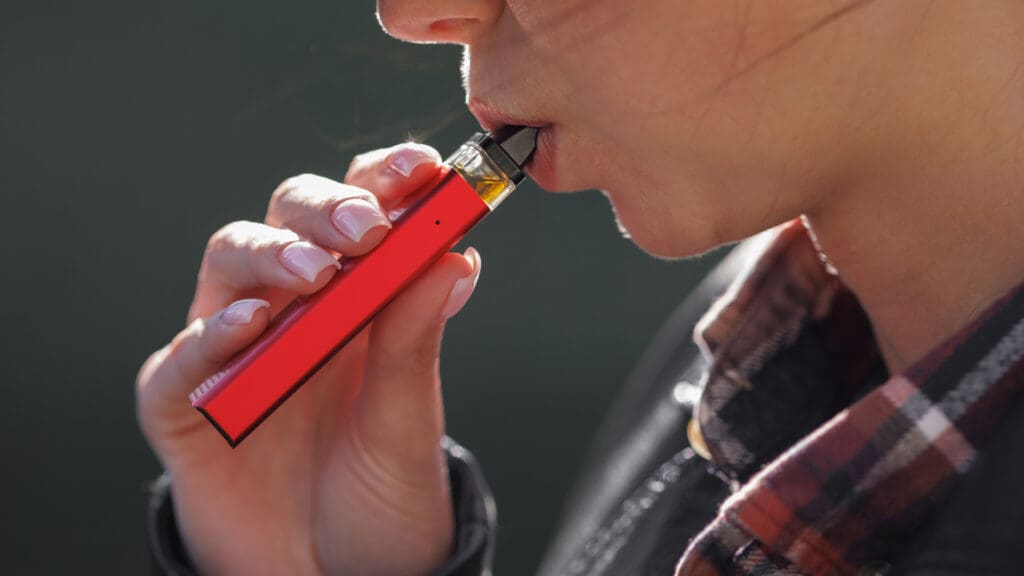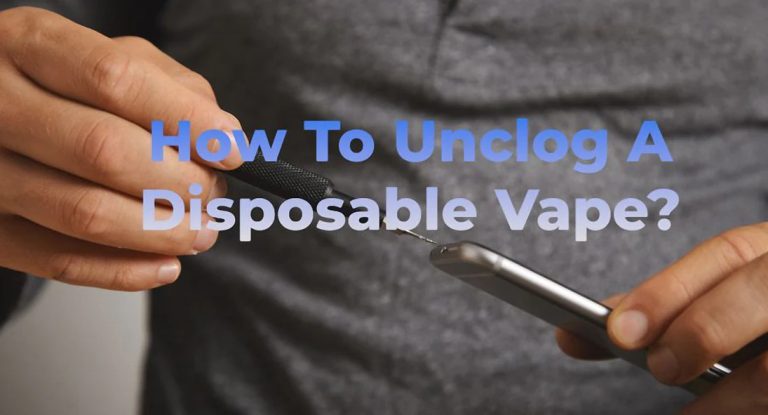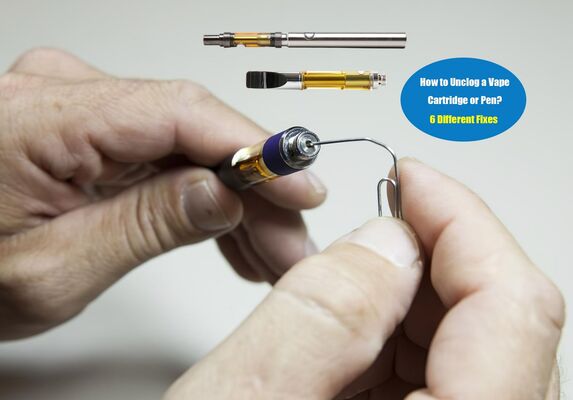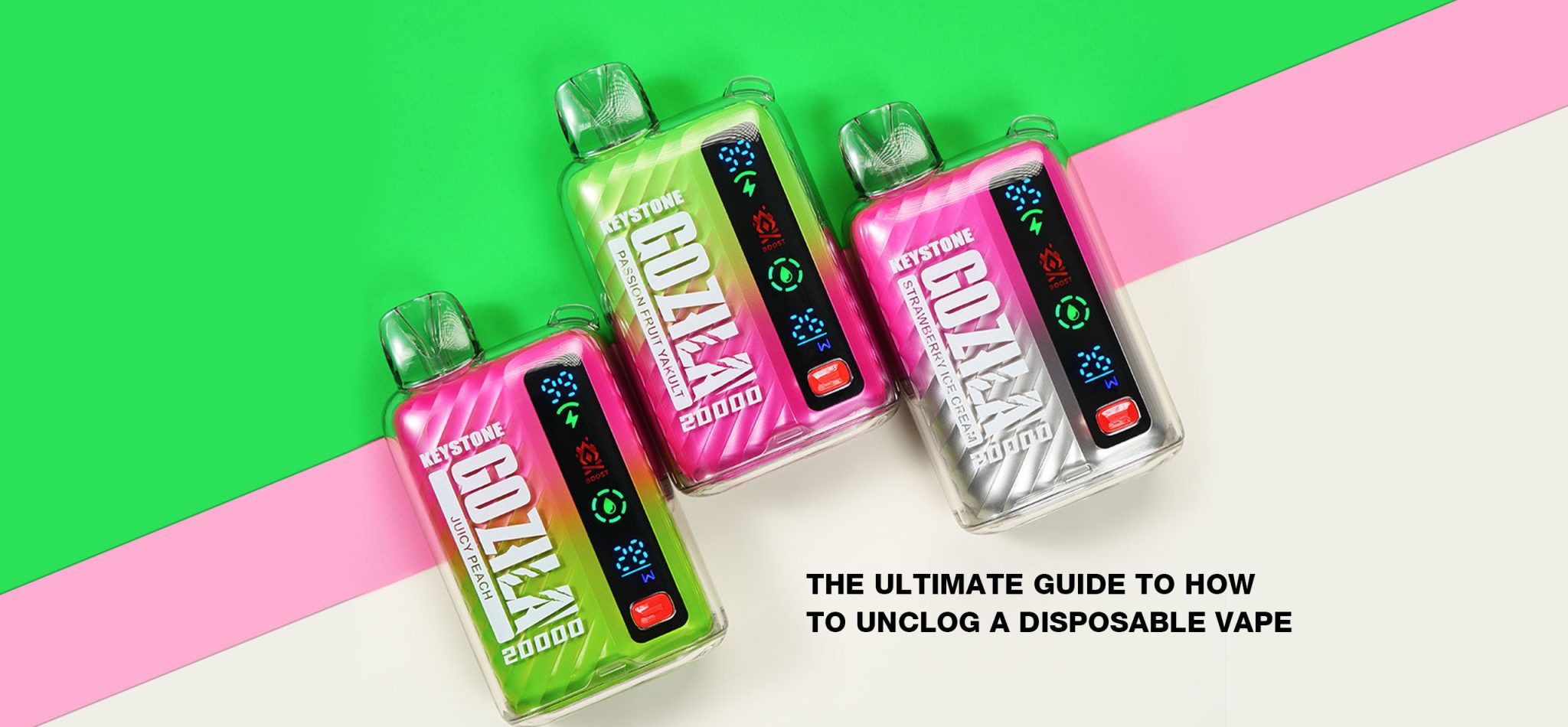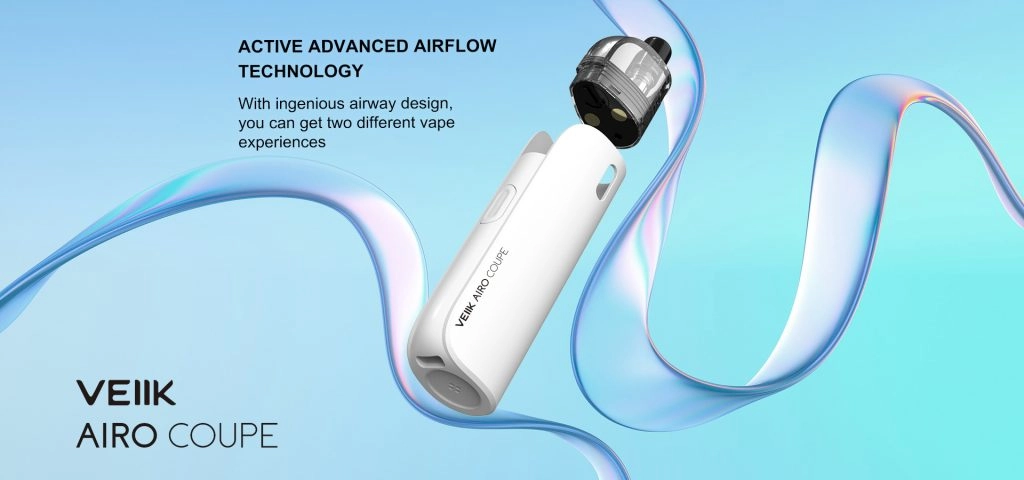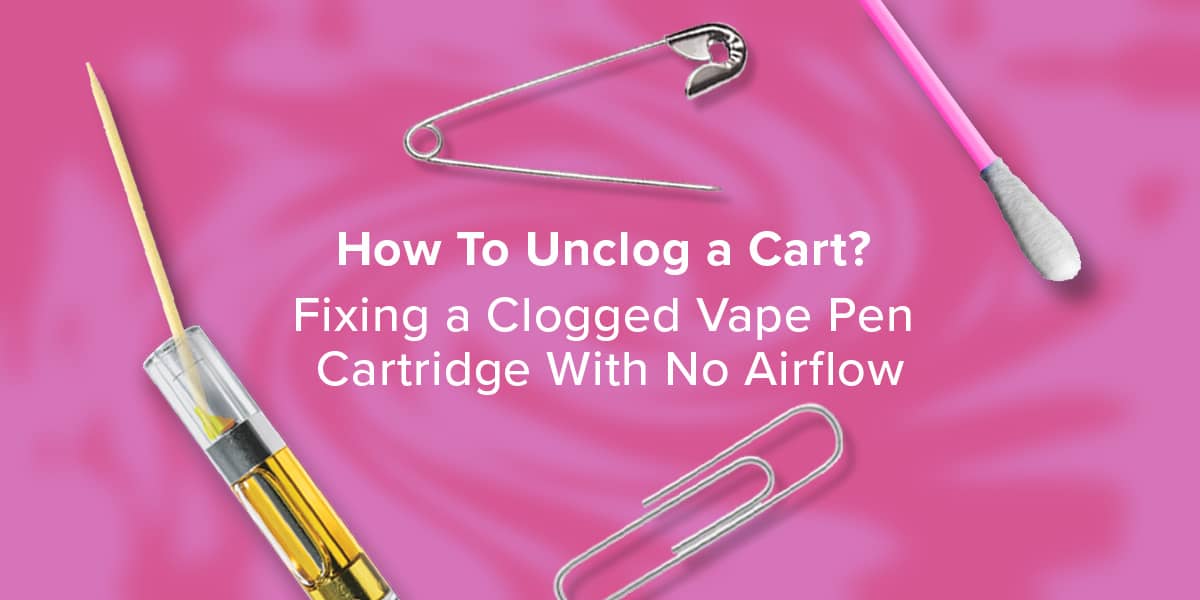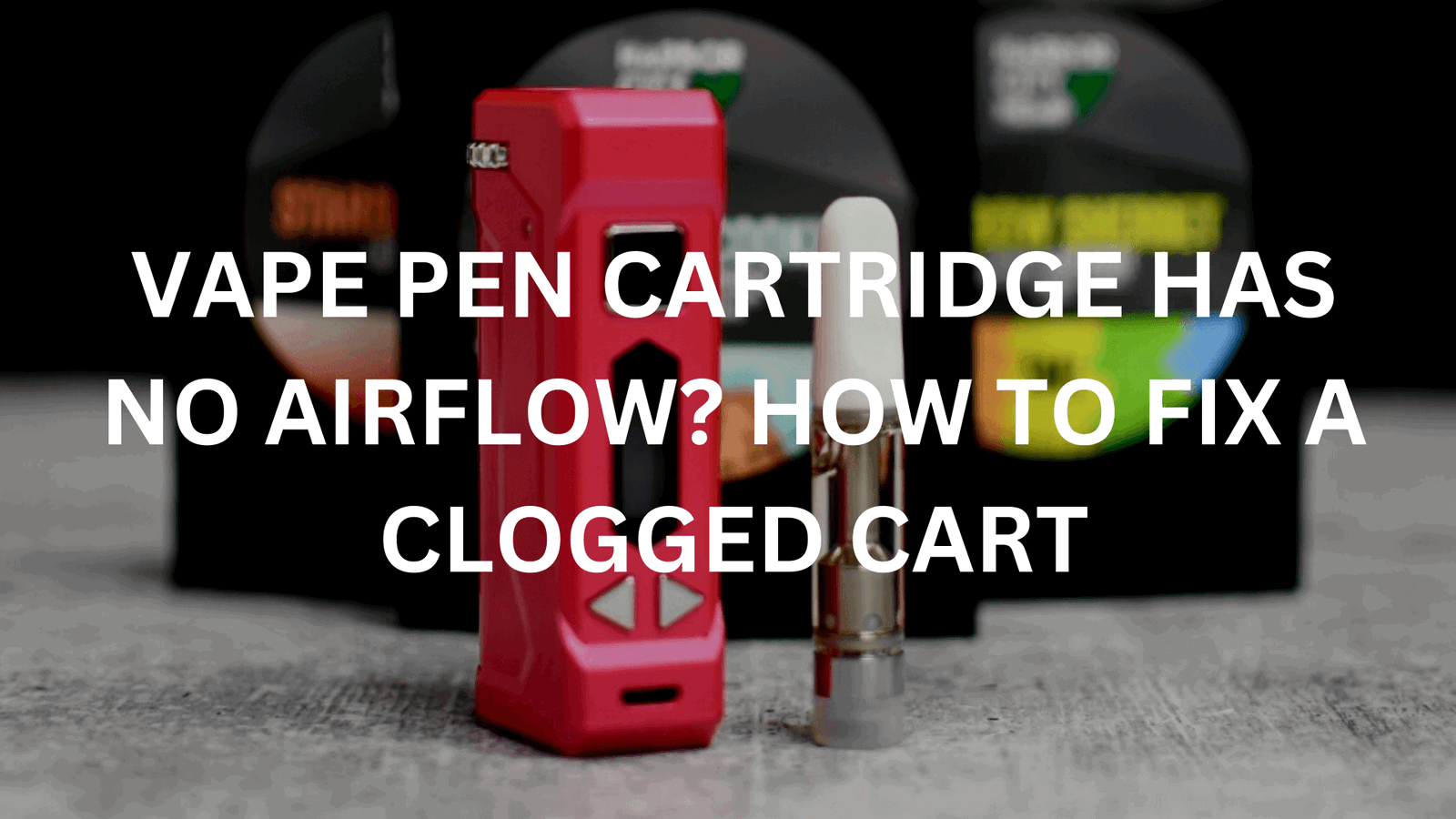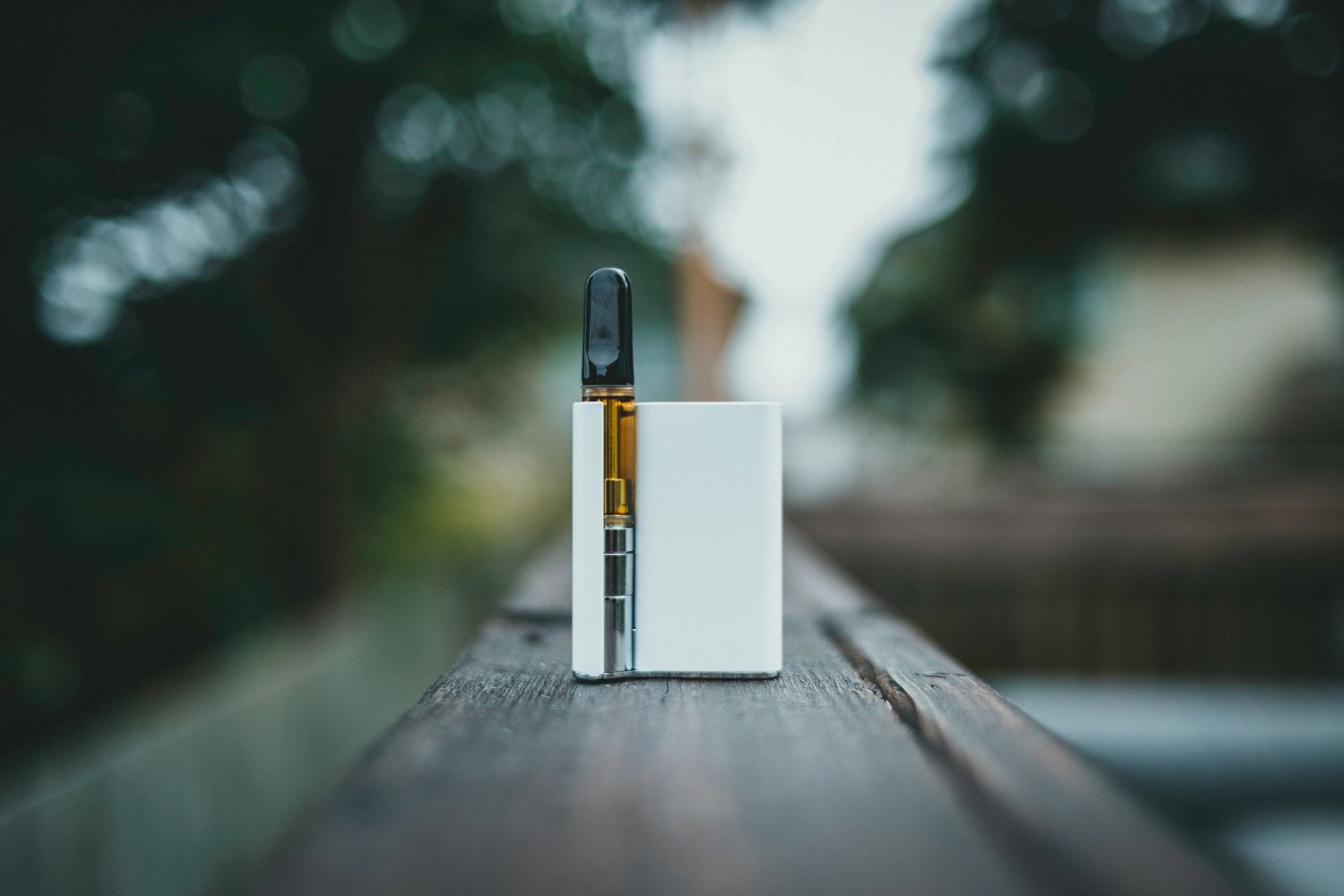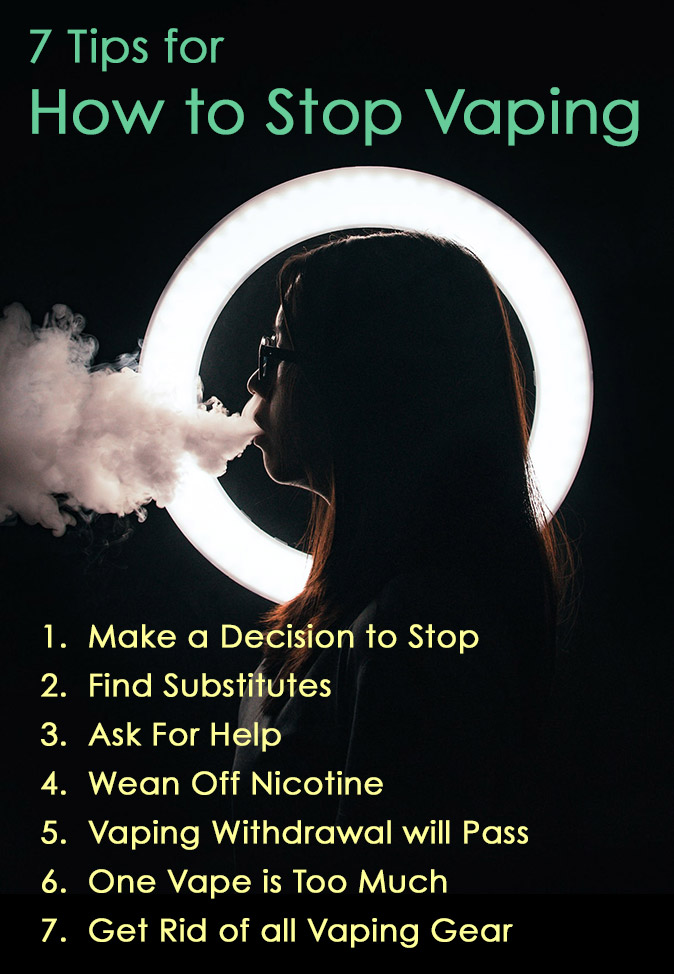How To Stop Vape From Clogging
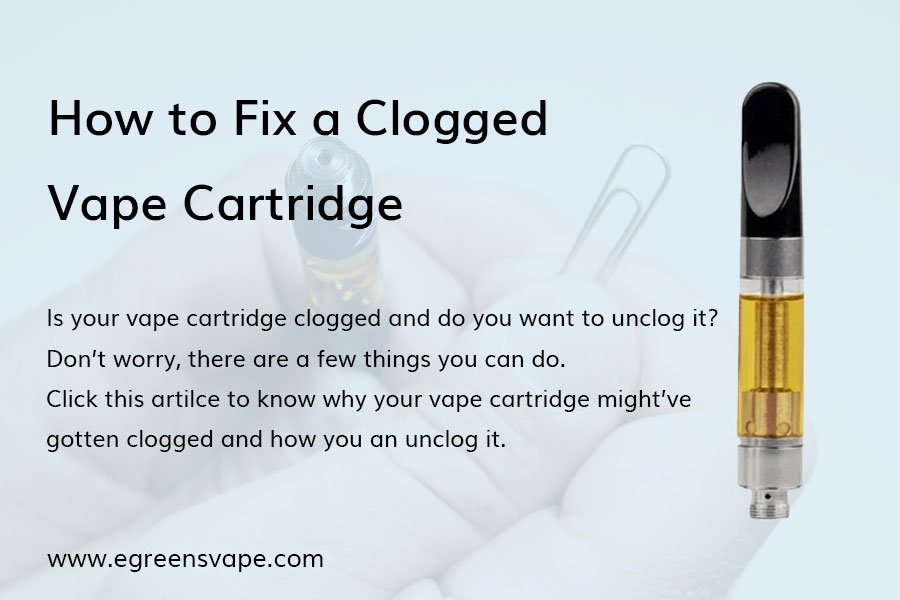
A frustrating reality for many vapers is the dreaded clogged vape. It's a common issue that can turn a pleasurable experience into a coughing fit, rendering expensive devices unusable. But fear not, understanding the causes and implementing preventative measures can significantly reduce, and even eliminate, this irritating problem.
This article will delve into the science behind vape clogging, exploring the various factors that contribute to its occurrence. Moreover, we will provide practical, actionable solutions to help vapers keep their devices clean, efficient, and ready for use, drawing from expert opinions and best practices in the industry.
Understanding the Culprits: Why Vapes Clog
Vape clogging typically occurs when the vaporized e-liquid condenses and solidifies within the device's airflow pathways. Several factors contribute to this, creating a sticky residue that obstructs the vapor's passage. Knowing these factors is the first step toward preventing the problem.
E-Liquid Composition: The PG/VG Ratio
The ratio of propylene glycol (PG) and vegetable glycerin (VG) in e-liquid plays a crucial role. Higher VG e-liquids are thicker and more prone to condensation, making them more likely to cause clogs. PG, on the other hand, is thinner and less likely to solidify.
According to a study published in the Journal of Aerosol Science, "the viscosity of e-liquids is a significant factor in aerosol formation and deposition," which directly relates to clogging potential. Consider using e-liquids with a higher PG ratio if you frequently experience clogging.
Inconsistent Usage Habits
Intermittent vaping, where the device is left unused for extended periods, allows the vapor to cool and condense. This solidified residue then hardens, forming a stubborn blockage. Consistent, regular use helps keep the airflow clear.
Chain vaping, however, can also contribute to clogs. This rapid, continuous inhalation can overwhelm the coil, leading to incomplete vaporization and increased condensation. Finding a balance is key.
Coil and Device Maintenance
A neglected coil is a prime suspect in clogging cases. Over time, residue builds up on the coil, reducing its efficiency and increasing the likelihood of incomplete vaporization. Regular cleaning and timely coil replacement are essential.
According to Dr. Maria Gomez, a vaping industry analyst, "Regular maintenance is paramount for optimal performance and longevity of vaping devices. Neglecting cleaning protocols can lead to performance degradation and increased clogging issues." Many vapers overlook the importance of cleaning their devices regularly.
Prevention is Key: Practical Solutions for a Smooth Vape
The good news is that most vape clogging issues are preventable. By adopting a few simple habits and maintenance routines, you can keep your device in top condition and enjoy a clog-free vaping experience. Here are some effective strategies.
Prime Your Coil Properly
Before using a new coil, saturate the wicking material with e-liquid. This ensures even heating and prevents dry hits, which can also contribute to clogging. Allow the e-liquid to soak in for several minutes before firing the device.
As John Smith from Vaping Solutions Inc. advises, "Priming the coil is a crucial step often overlooked by novice vapers. It prevents the wick from burning and ensures optimal vaporization from the start." This simple step can save a lot of trouble down the road.
Increase Wattage (Slightly)
Slightly increasing the wattage of your device can help to fully vaporize the e-liquid, reducing the amount of residue left behind. However, be cautious not to exceed the recommended wattage range for your coil, as this can lead to burning.
Start with small increments and monitor the vapor production and flavor. A slight increase can make a significant difference in preventing condensation buildup.
Clear the Airflow After Each Use
After each vaping session, gently blow through the mouthpiece to clear any remaining vapor from the airflow pathway. This simple step helps prevent condensation from solidifying and forming a blockage. It takes only a few seconds and can significantly reduce clogging.
This action removes excess vapor, minimizing the chance of it condensing and solidifying within the device. It is a simple but effective preventative measure. Many vapers swear by this technique.
Regular Cleaning Routines
Disassemble your vape device regularly and clean each component thoroughly. Use isopropyl alcohol or warm water to remove any residue. Ensure all parts are completely dry before reassembling.
"A clean vape is a happy vape," says Lisa Miller, a vape enthusiast with over 10 years of experience. "Regular cleaning not only prevents clogging but also improves the overall flavor and performance of the device."
Proper Storage
When not in use, store your vape device in a cool, dry place away from direct sunlight. Extreme temperatures can affect the viscosity of the e-liquid and increase the risk of clogging. Avoid leaving your device in a car on a hot day.
Proper storage conditions contribute to the longevity of both the device and the e-liquid, minimizing potential issues.
Troubleshooting: What to Do When Your Vape is Already Clogged
Despite your best efforts, sometimes a clog occurs. Don't panic. There are several methods you can use to dislodge the blockage and get your vape working again. These methods usually work best together.
The Paperclip Method
Carefully insert a thin paperclip or needle into the mouthpiece and airflow pathway to dislodge the blockage. Gently probe the area to break up any solidified residue. Be careful not to damage the coil or other delicate components.
This method can physically remove the blockage, restoring airflow. It's a simple and effective solution for minor clogs.
The Warm Air Method
Use a hairdryer on a low setting to gently warm the device. This can help to melt the solidified e-liquid, allowing it to flow freely again. Be careful not to overheat the device, as this can damage the battery or other components.
This method uses heat to reduce the viscosity of the solidified residue, making it easier to clear the blockage. Make sure to remove the pod or tank before applying heat to the device.
The "Prime and Puff" Technique
Quickly puff on the device several times without firing it. This creates a vacuum that can draw the blockage into the coil, where it can be vaporized. Follow this with a normal vaping session to clear any remaining residue.
This technique often works well for minor clogs, using the device's own airflow to dislodge the blockage.
Looking Ahead: The Future of Clog-Free Vaping
The vaping industry is constantly evolving, with manufacturers continually seeking ways to improve device design and performance. Self-cleaning mechanisms and more advanced coil technologies are already in development.
As research progresses and technologies advance, the future of vaping holds the promise of fewer clogging issues and a more enjoyable, hassle-free experience for all.
Ultimately, understanding the factors that contribute to vape clogging and adopting proactive maintenance practices is the key to enjoying a consistent and satisfying vaping experience. By implementing the strategies outlined in this article, you can minimize clogs and maximize the lifespan of your device. As research continues and technology advances, we can expect further innovations that will ultimately make clogging a thing of the past.
